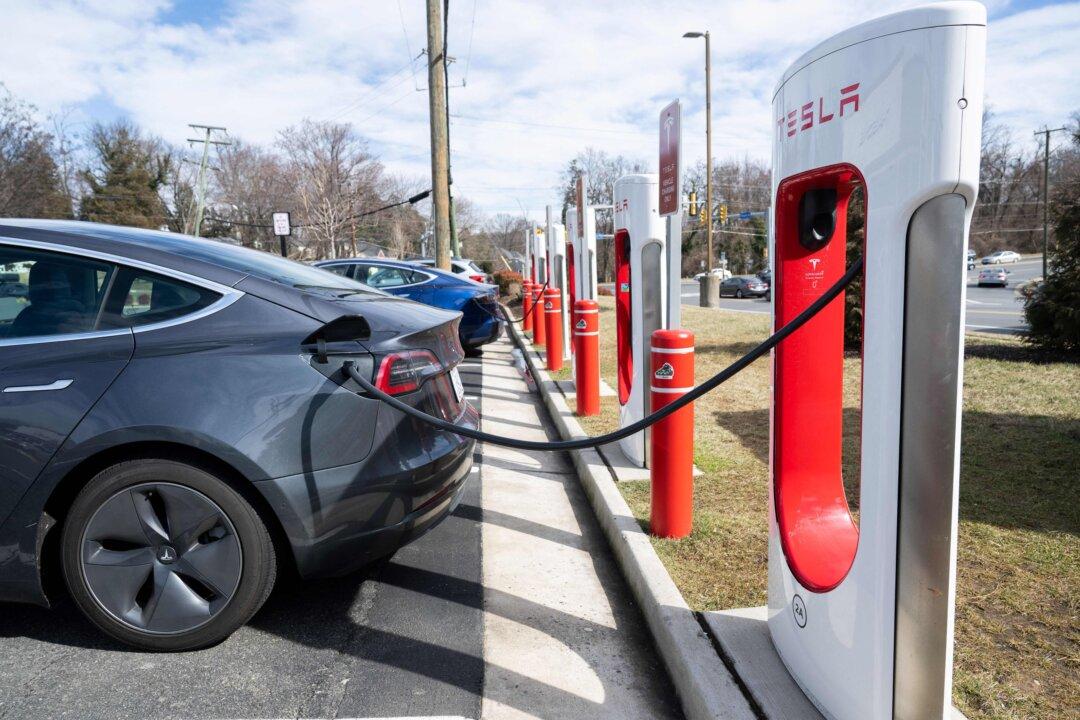News Commentary
Detroit rivals General Motors and Ford Motor Company both announced that they signed deals to use Tesla’s supercharger network in North America starting next year.

Detroit rivals General Motors and Ford Motor Company both announced that they signed deals to use Tesla’s supercharger network in North America starting next year.